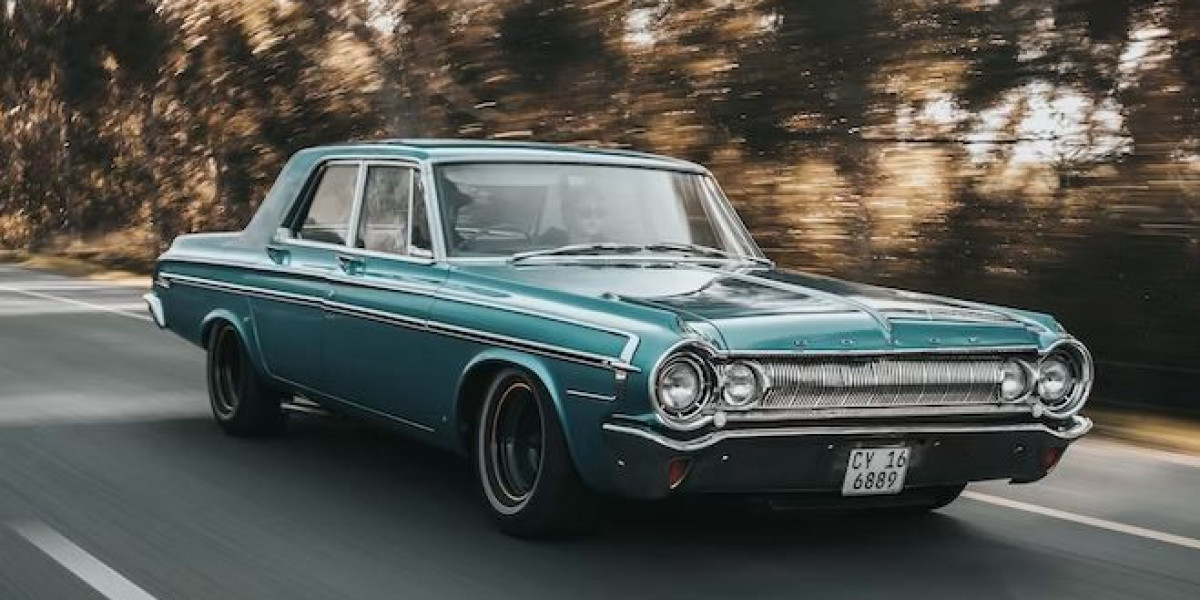The windshields and windows of our cars are more than just transparent barriers. They play a crucial role in passenger safety, driver visibility, and even comfort. Over the years, car safety glass has undergone a remarkable transformation, evolving from a simple solution to a complex technological marvel. Let's delve into this fascinating journey, exploring the key milestones that shaped the way we see the road ahead.
The Early Days: A Quest for Safety
In the early days of automobiles, car windows were made from ordinary glass. Unfortunately, these posed a significant safety hazard. Upon impact, they would shatter into sharp shards, inflicting serious injuries on occupants. This pressing concern fueled the search for a safer alternative.
The breakthrough came in the early 1900s with the invention of laminated glass. This innovative solution involved bonding a thin layer of plastic, typically polyvinyl butyral (PVB), between two sheets of glass. During a collision, the PVB layer held the glass fragments together, preventing them from scattering and causing harm. This marked a significant leap forward in car safety, significantly reducing the risk of injuries from broken glass.
Laminated Glass: A Pillar of Safety
Laminated glass quickly became the standard for windshields due to its superior safety features. The PVB layer not only held the glass together but also offered several additional benefits:
- Reduced Injury Risk: By containing the shattered glass, laminated glass minimized the chance of occupants being cut by flying shards.
- Improved Optical Clarity: Over time, advancements in PVB technology led to a clearer laminate, enhancing driver visibility.
- UV Protection: The PVB layer offered some protection against harmful ultraviolet rays, safeguarding passengers from sun damage.
Laminated glass remained the dominant force in car safety glass for several decades. However, with technological advancements, the desire for even greater functionality emerged.
Enter Smart Glass: A Glimpse into the Future
The latter part of the 20th century witnessed the dawn of a new era in car glass technology – the introduction of smart glass. This innovative material possesses the ability to change its properties based on external stimuli. Here are some potential applications of smart glass in automobiles:
- Variable Tinting: Imagine windshields that automatically adjust their tint based on sunlight intensity, reducing glare and improving driver comfort.
- Head-Up Displays (HUDs): Smart glass can be used to project vital information like speed, navigation details, and safety warnings directly onto the windshield, minimizing driver distraction.
- Improved Thermal Regulation: Smart glass with the ability to control heat transfer could potentially enhance cabin temperature control, leading to greater energy efficiency.
While still under development, smart glass holds immense promise for the future of car safety and functionality. It has the potential to revolutionize the driving experience by integrating essential information displays, enhancing comfort, and even contributing to fuel efficiency.
Beyond the Windshield: Safety Spreads Throughout the Car
The evolution of car safety glass extends beyond just windshields. Today, many car manufacturers utilize laminated glass for side and rear windows as well. This provides a consistent level of protection for passengers throughout the vehicle. Additionally, tempered glass, a type of glass specially treated to shatter into small, blunt fragments, is often used for rear windows due to its ability to crumble upon impact, minimizing the risk of sharp edges.
visit: https://www.localcashforcar.com.au/cash-for-cars-sunshine-coast/
Challenges and Considerations on the Road to Smarter Glass
While smart glass offers a glimpse into a future filled with exciting possibilities, there are still challenges to overcome before widespread adoption becomes a reality. Here are some key considerations:
- Cost: Smart glass technology is currently more expensive to produce compared to traditional laminated glass. This can potentially increase the overall cost of vehicles equipped with it.
- Durability: Smart glass needs to be as durable and weather-resistant as traditional glass. Extensive testing is required to ensure it can withstand the elements and maintain its functionality over time.
- Regulation: Integrating smart glass displays into windshields might raise concerns regarding driver distraction. Regulations may need to be adapted to ensure its safe implementation.
- Energy Consumption: Certain smart glass features, such as variable tinting, might require additional power. Optimizing energy usage to avoid draining the vehicle's battery is crucial.
Despite these challenges, the potential benefits of smart glass are undeniable. Manufacturers and researchers are actively working on addressing these limitations. Advancements in material science, display technology, and energy efficiency are paving the way for a future where smart glass becomes a mainstream feature in automobiles.
Beyond Safety: A Multifaceted Future
The evolution of car safety glass isn't solely focused on safety features. Here are some additional functionalities smart glass might offer in the future:
- Privacy on Demand: Imagine windows that can be electronically switched from transparent to opaque, providing passengers with instant privacy.
- Enhanced Navigation Displays: Smart glass could potentially integrate with navigation systems, projecting a visual path directly onto the windshield, making directions easier to follow.
- Interactive Displays: Future car designs might incorporate smart glass into dashboards or other interior surfaces, creating interactive displays for controlling vehicle functions or entertainment options.
The possibilities with smart glass extend far beyond just safety. It has the potential to redefine the entire in-car experience, offering a more personalized, interactive, and comfortable environment for drivers and passengers alike.
visit: https://www.localcashforcar.com.au/
Conclusion: A Collaborative Effort for a Safer Future
The evolution of car safety glass is a collaborative effort involving car manufacturers, material scientists, engineers, and regulatory bodies. As research and development continue, we can expect even more innovative solutions to emerge. By working together, we can ensure that future car safety glass technologies prioritize safety, functionality, and a delightful driving experience for everyone on the road.








